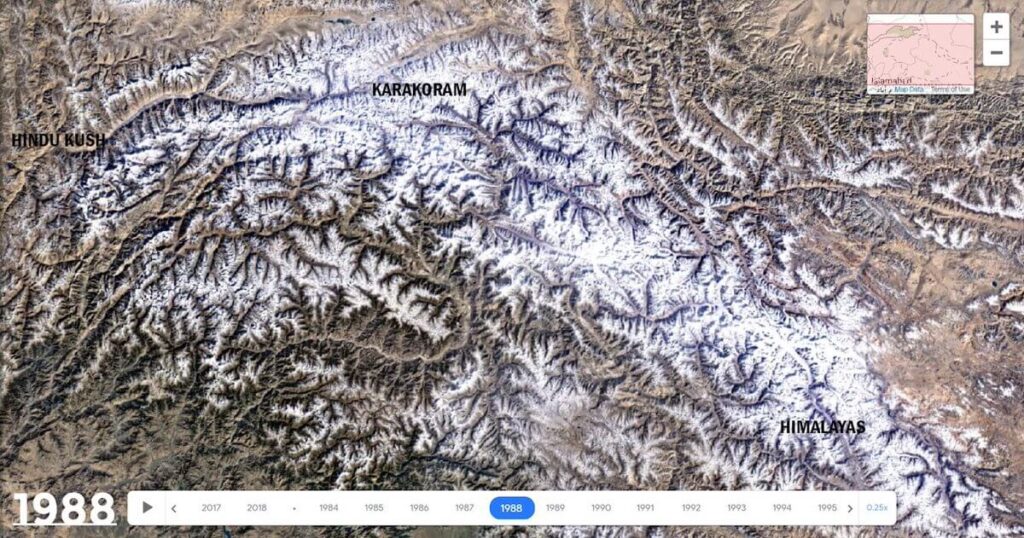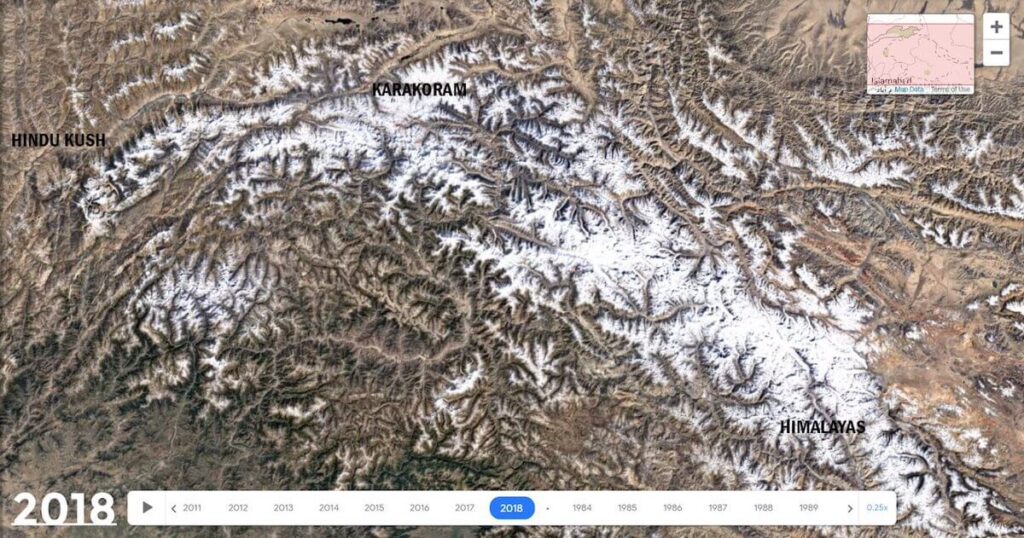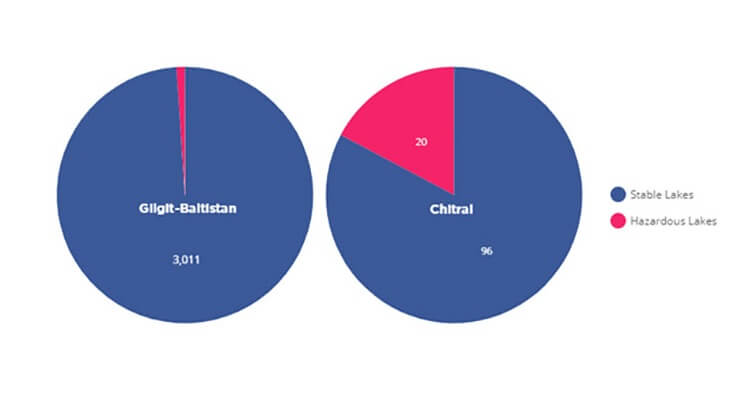Pakistan’s northern regions are home to the world’s biggest icy masses outside the polar districts. While city-inhabitants probably won’t know about the legends behind these ice glaciers, we are totally and seriously reliant and helpless before these moving goliaths. With global temperature increase, Pakistan’s Northern Areas are under severe climatic affects and changes. Over 30 years, snowline has receded by 1.1 km which wasn’t possible in a 1000 years. This year average mean temperature for July 2019 was 2.0 Degree Centigrade higher than normal.
Burning fossil fuels cause extreme weather events like artic sea ice melting. The HKH Assessment, distributed for this present year, sets up that regardless of whether the world by one way or another controls Global Warming inside a 1.5 Degree Centigrade increment, almost certainly, the compelling normal increment in this locale would be about 2.0 Degree Centigrade. Hence, sea level rise is evident if we do not control fossil fuel use.
Number of Glacial lakes & GLOF Incidents Dramatically Rising


Unfortunately, this has been the current standard for the past few centuries. Some statistics from NASA Earth Science indicate that in the last 30 years, the snowline has fallen by 1.1 km. This was also the prediction made in the 2017 publication of the IPCC special report. In terms of layperson, the current levels of global warming because of fossil fuel usage have already triggered a string of climate disasters across Gilgit-Baltistan and Chitral, which will gradually only spread further south.
While in the larger picture, these incidents show up minor, even sporadic. But they can serve the key characteristic of information building and awareness. Glaciers and communities in the northern areas are the first to endure the brunt of climate change, but the magnitude of this is vastly underreported. According to current reports, as many as 3,044 glacial lakes are existing in Gilgit-Baltistan, while separately 116 exist in Chitral district in Khyber Pakhtunkhwa.

[2019] Reported Number of Glacial Lakes
Third world countries are already struggling with climate change effects with pressing issue of clean air and water supply. There is a need for climate change adaptation such as clean air acts and bc carbon tax. Whereas water scarcity in Pakistan is specially dealt by creating a Chief Justice and Prime Minister of Pakistan Dam Fund to improve public water system. Here is a popular article we published on local air quality.
In a meltdown at Siachin Gayari, 2012 – 140 soldiers were killed including Capt. Jawad Cheema (this 6th September, we spent some special time with the martyr’s parents). For all anthropogenic climate change deniers, polar sea ice is melting. Pakistan, our cities, our peoples, will only survive if we act now. Clean renewable energy is the only way to go about it.








